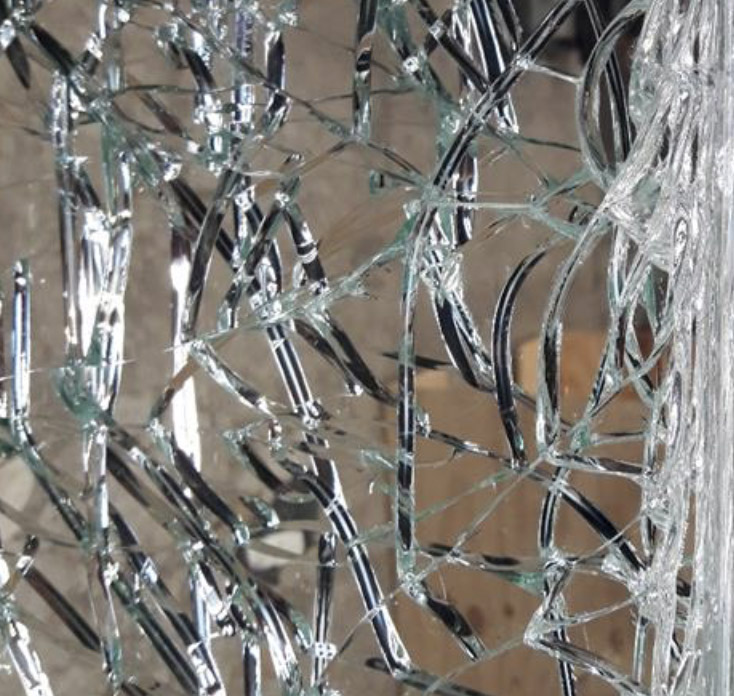Abstract
The Green Village at the TU Delft is a living lab for sustainable innovations. The Co Creation Centre will be their new meeting centre. This centre is getting a climate tower and to get the isolation standards, triple glass was necessary. Unfortunately, the original design for the centre was too expensive. The triple glass was one of the big cost items.
Then the team got the ingenious idea to use the façade as the bearing and stabilising structure. This idea made the project feasible in costs.
The aim was to design a façade with as few as possible modifications compared to a standard façade. In the future Triple glass will become more and more standard. The Triple glass is structurally oversized and therefore the material is not used optimally, which makes triple glass less sustainable in using raw materials. Triple glass can be made more sustainable if we utilize this overcapacity for the structure.
Using glass panels for stabilising a structure has been done before. But often it becomes a complex façade in assembly. In this façade silicone joints are used to initiate all the forces and the normal way of mounting is followed.
And the team even went one step further. In the original design the building had both columns for the roof load and glass fins to take the wind loads from the façade panels. The glass fins are an expensive part of the façade. Since glass is good in compression, why not use the fins as columns? Of course the buckling of the fins is an important risk since these fins are 5.2 meters high. By clamping the fins between the glass panels the buckling risk is reduced significantly. ABT made FEM calculations using the DIANA software to find the critical parameters for this structure. It was found that the spring stiffness of the horizontal support by the façade is the most critical element.
To verify the DIANA calculations two glass fins were tested at the TU Delft at the end of September 2019.
By utilising the materials better the use of raw materials and the costs are significantly reduced. With that a more sustainable design was achieved. The aim is to develop this into an innovative standard system.
Published
Issue
Section
Projects & Case studies
Keywords:
Stabilizing glass structure, Load bearing glass fins, Structural silicone sealant, FEM DIANA stability calculations for glass, sustainableLicense
Copyright (c) 2020 Diana de Krom, Fred Veer, Kris Riemens, Wout Hoogendoorn

This work is licensed under a Creative Commons Attribution 4.0 International License.




